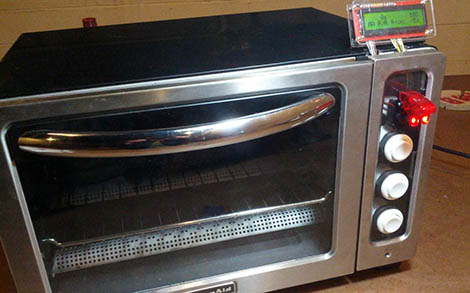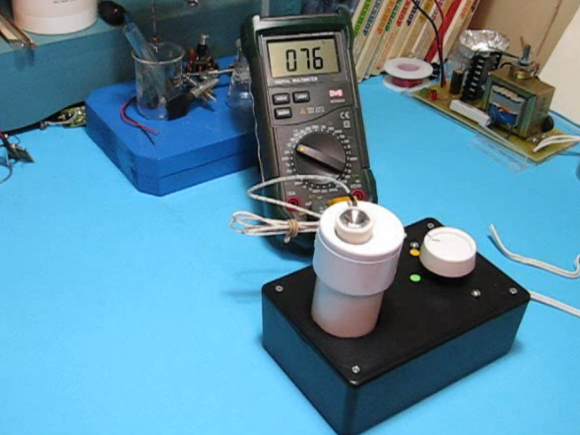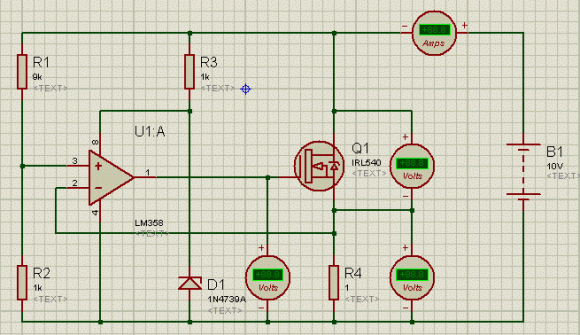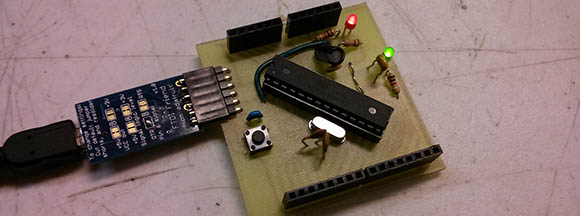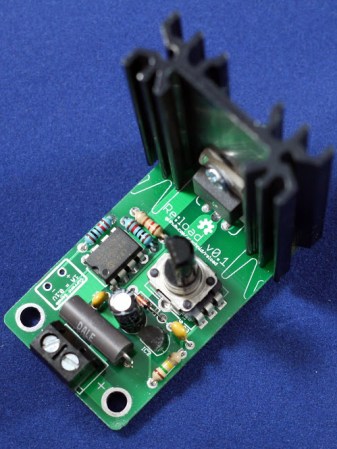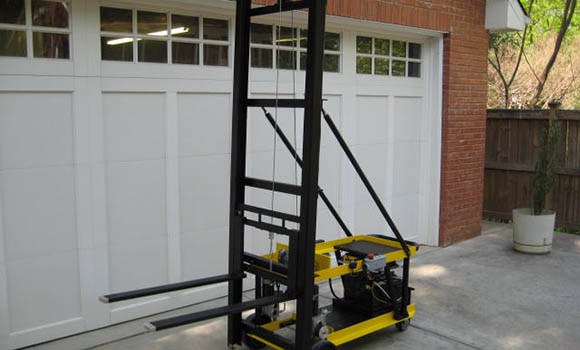
[Robert] does a fair bit of metal casting, and of course that means carrying around hundreds of pounds of sand, scrap, and other materials. He came up with a great solution to the inevitable back pain: a small, workshop-sized forklift able to carry around a half ton pallet.
In the actual build thread for this forklift, [Robert] goes over the design. The lift is designed to fit inside a 30″ x 7′ door frame, but is more than capable of hoisting hundreds of pounds over the operator’s head. It’s driven by two electric wheelchair motors with power provided by two car batteries. There’s also a clever bit of engineering that went into tipping the forks: instead of a hinge on the mast, [Robert] used a linear actuator on the rear wheels to put the forks at an angle.
It’s a great build, and since [Robert] does metal casting, there’s a whole bunch of custom metalwork that really adds to the build. After the break you can see a video of [Robert]’s forklift transferring a pallet weighed down with 5 gallon buckets from one really high shelf to another. The job doesn’t take long and doesn’t require any lifting, so we’ve got to hand it to [Robert] for this build.

